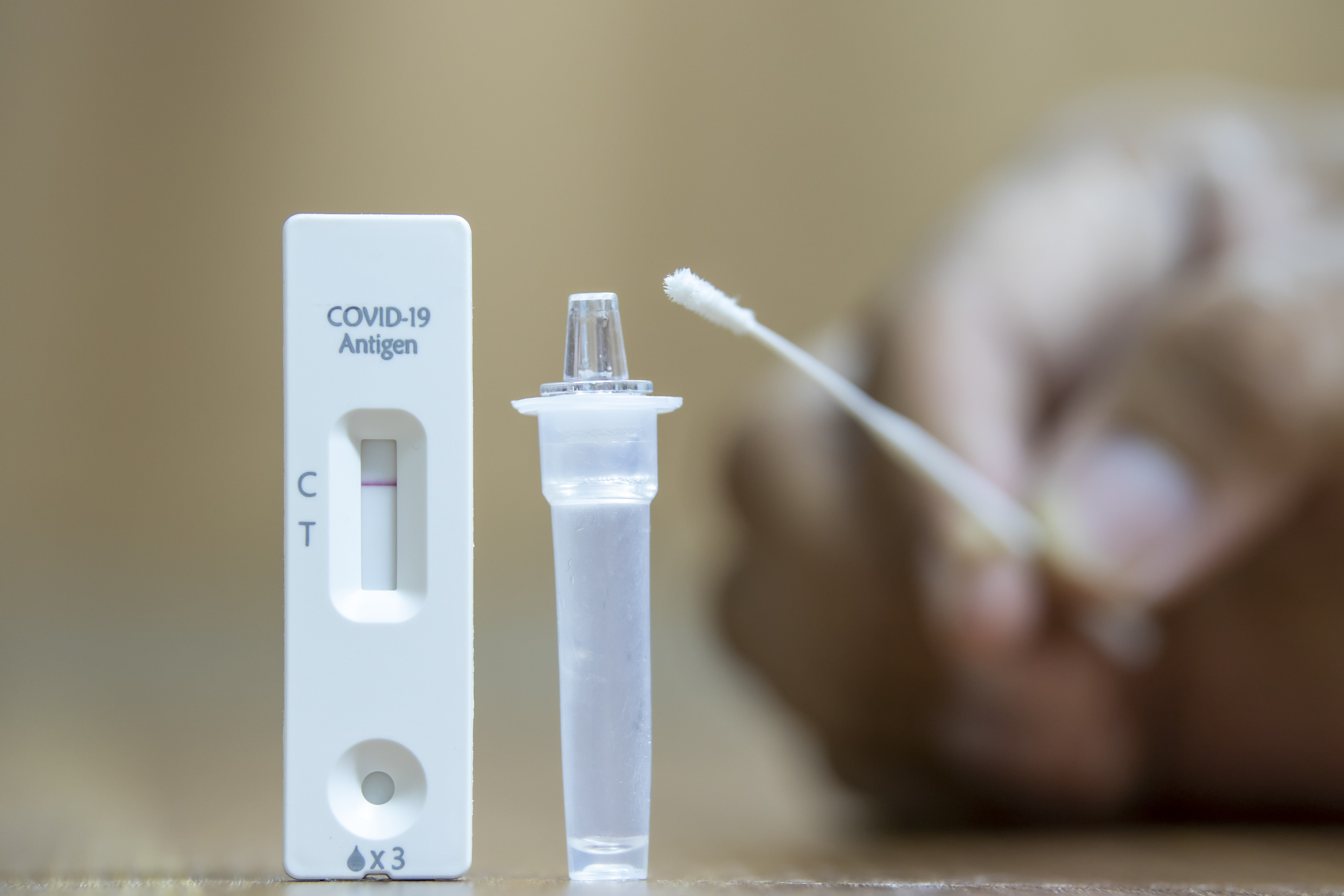The past two years of the coronavirus pandemic have taught Southern California public health officials important lessons about how to track widespread disease in real-time — and those lessons are already getting used during the current phase of the pandemic.
After the omicron variant’s surge this past winter, cases fell dramatically. They’re creeping back up again now, but despite the rising cases, fewer people are getting tested for COVID-19.
That makes it hard for doctors to track exactly how many cases are popping up. NBC4’s I-Team took a look at how local counties are using different technologies, and what we can all do to stay protected.
Riverside County, for example, has a sequencing lab that they hope will allow them to “identify variants early,” said Dr. Jennifer Chevinsky, deputy Public Health officer of Riverside University Health System.
That will help them “inform the community about what actions they might need to take in response,” Chevinsky said.
The lab “does whole genome sequencing and it runs up to thirty samples,” according to one of its scientists, giving the county a new tool to detect any shifts in COVID cases.
That could determine future next steps, including bringing back masks.
Lessons learned during the pandemic include collecting a broader range of data.
“We have the positivity, we have the hospitalization, we have the wastewater, we have those tests that are being reported by labs, by hospitals, by other medical centers,” Chevinsky said. “All of that information together builds a picture for us, to help us know how our community is doing.”
Testing, for example, is like the GPS, to help navigate how COVID is moving through our communities.
But the reality is, COVID testing in California is down since the beginning of the year.
When NBC4’s I-Team checked out testing sites around LA County over the course of a few days, and found most of them weren’t very active.
Find COVID-19 Testing Sites Near You Here.
That’s partly because more people are taking COVID tests at home, with results not required to be reported to the Public Health Department.
However, the CDC recommends letting your healthcare provider, and those you have been in contact with, know if you test positive with a home test.
While Riverside County is asking people to report their at-home test results, “it’s still certainly underreported compared to all of those that are taking the tests, and that’s to be expected,” Chevinsky said.
Knowing that, “we’re also not relying on that as our only means of understanding where COVID is in the community,” she added.
To flag potential outbreaks of coronavirus, the Center for Disease Control and Prevention will begin testing an additional 250 wastewater sites across the United States.
Testing wastewater is another way they’re monitoring levels of COVID-19 in the region.
“It can help give that early preview, before we might see a bump in the cases,” Chevinsky said.
They’re also using that genome sequencing lab technology, to see if other conditions or infectious diseases are out there — to help them react sooner.
If there is another surge, Riverside wants to be ready. They’re following California’s SMARTER plan, which relies on data to make decisions.
That plan pinpoints certain minimum statewide standards, such as maintaining a supply of 75 million high-quality masks, and having the capacity to administer at least 200,000 vaccines per day.
The latest numbers show that around 51,757 people are getting COVID vaccines every day in California.
While local public health officials are monitoring the COVID-19 situation, much of how we move forward depends on us — especially as summer travel plans move closer to reality.
Checking where you live, and where you’re going, for current COVID numbers can help you plan a safe trip.


